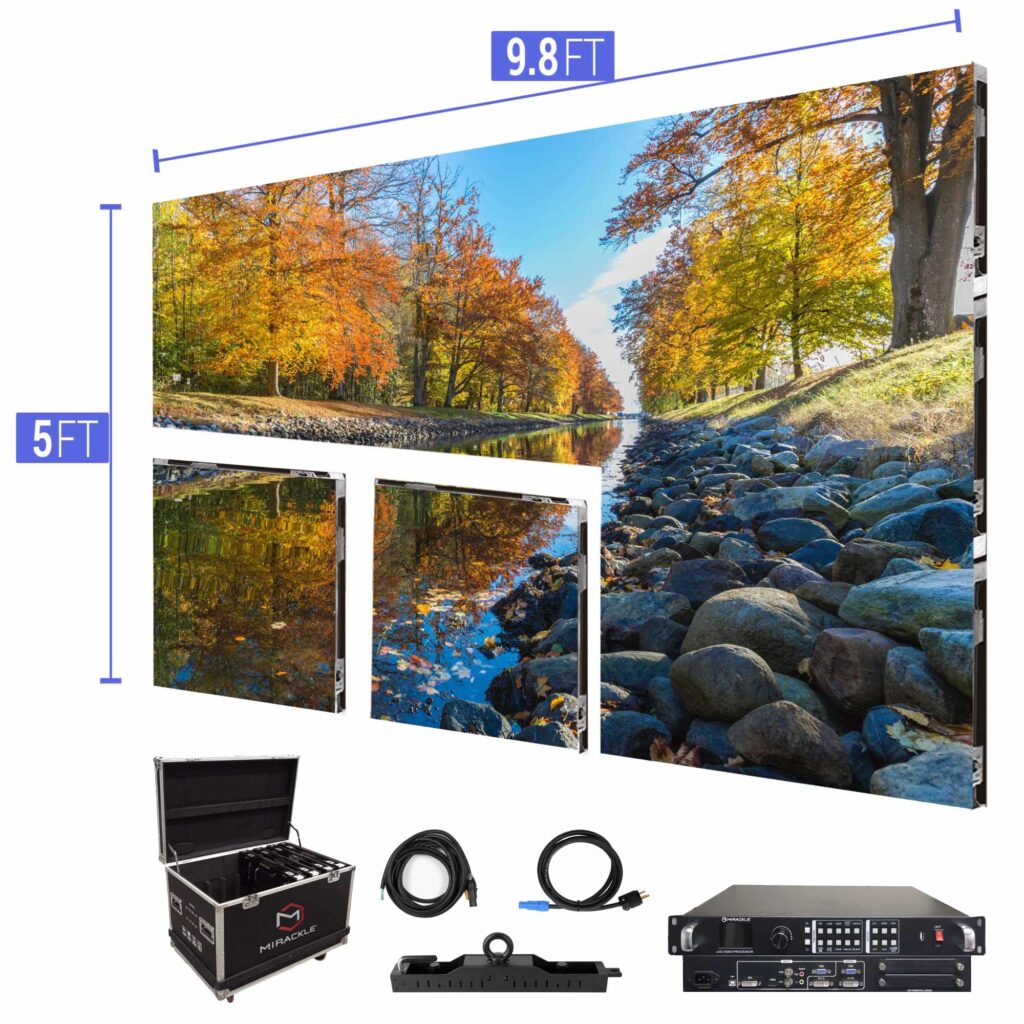Effective Strategies for Overcoming Temperature Challenges in Light Emitting Diode Wall Screens
Wiki Article
LED wall screens are progressively popular for multiple uses, including promotion, functions, and electronic displays. However, excess heat is a major challenge that can impact their functionality and lifespan. When LED screens become too hot, they may dim, color distort, or even fail entirely. Understanding the causes and implementing effective methods to control heat can assist preserve the ideal operation of LED panel panels. This piece will explore several strategies to address excess heat challenges associated with these devices.
One effective strategy for preventing excess heat in LED wall screens is guaranteeing proper airflow. It is crucial to install these screens in environments where atmosphere circulation is adequate. This can be achieved by positioning the screens in a well-ventilated area or utilizing blowers to enhance airflow around the devices. Additionally, if the panels are mounted in a tight area, creating openings or using vents can help release heat more efficiently. Keeping a cooler ambient temperature is vital, as it directly affects the function and lifespan of LED panel panels.
Another way to address overheating is through the use of heat control substances. These materials can help take in, disperse, or deflect heat away from the LED components. Thermal sinks are commonly employed in many digital units, including LED screens. These metallic components pull heat away from the light-emitting components, permitting them to operate at a safer heat level. Additionally, thermal compound or films can be utilized to improve heat conduction between the LED elements and the heat sinks, further enhancing their chilling efficiency.

Regular maintenance and oversight of LED wall panels also play a critical role in stopping excess heat. Dust and grime can accumulate on the surfaces of these screens, obstructing ventilation and trapping heat. Consistent cleaning, using suitable tools, will keep the screens free from obstructions. Furthermore, monitoring the heat level of the panels can help identify overheating issues before they turn into severe. Using heat sensors can provide important information, allowing users to take corrective steps if the panels start to exceed secure operating heat levels.
The use of advanced techniques can also help address excess heat challenges in LED panel panels. Many contemporary LED screens come fitted with built-in thermal control systems. These systems can automatically modify the brightness of the screen based on the temperature, lowering heat generation when necessary. Additionally, program solutions can monitor the functionality of the panels and provide notifications if overheating is identified. Incorporating these technologies can considerably enhance the durability and dependability of LED wall screens.
In conclusion, controlling overheating in LED panel panels is crucial for guaranteeing their continue reading this performance and durability. Implementing methods such as ensuring adequate airflow, using heat management substances, conducting routine maintenance, and employing cutting-edge tools can help reduce overheating challenges. By taking these preventive steps, users can benefit from the complete benefits of LED wall screens while minimizing the threat of temperature-related issues. This method not only improves the performance of the screens but also adds to a more sustainable and effective application of technology in various uses.